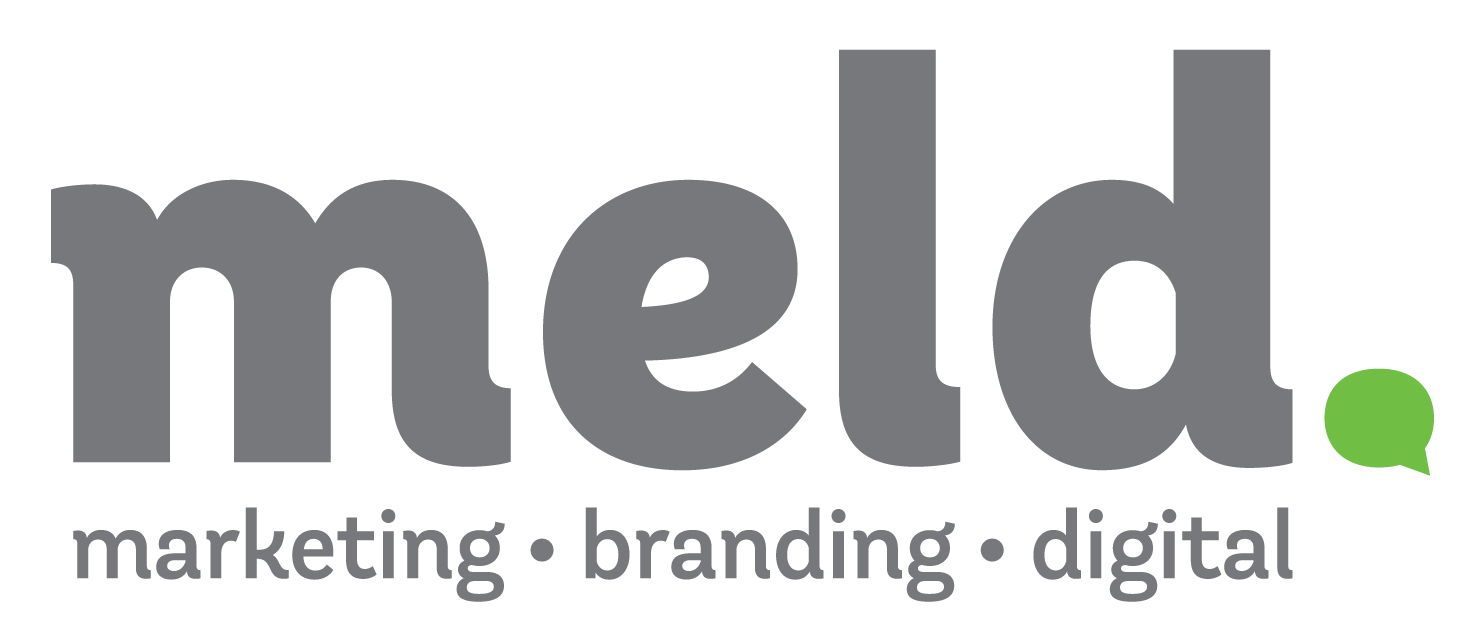If you’ve seen the news recently, you know things haven’t been looking so great for Twitter. Since Elon Musk officially assumed ownership of the platform in October 2022, the first few months have been tumultuous. The company laid off half of its workforce, offered amnesty to previously suspended accounts, and made it easier for users to impersonate accounts and spread misinformation with its Twitter Blue subscription. Twitter Blue allows users to pay $7.99 a month for Twitter’s coveted blue ‘verified’ checkmark.
The platform is also at odds with Apple after Musk claimed Apple threatened to remove the Twitter app from its app store. It’s no wonder marketers cringe when the topic of Twitter gets brought up.
As Twitter’s fate seemingly rests in Musk’s hands, brands are being forced to adapt to the changing social media landscape. They’re asking critical questions: Does my brand really belong on Twitter anymore? Do I want my posts and ads appearing alongside damaging misinformation or hate speech?
Choosing where to position your brand is a statement in itself. It’s also an important reminder that not all brands belong on every platform—it’s more about your audience and your goals.
Is a multi-platform strategy important? Absolutely! But it’s okay not to be on every platform in existence.
Here are three tips to keep your brand on track as the state of Twitter evolves.
1. Be Ready to Pivot
First, acknowledge that you will likely need to restrategize at some point. Not all platforms are destined for longevity, and what’s happening at Twitter can happen to any social platform. While some users are actively making the decision to leave Twitter, others have noticed their tweets just aren’t getting the same level of engagement.
And that’s okay. It’s more important that you have a back-up plan.
If you’re still holding on to your brand’s Twitter account and hoping for brighter days, that’s also okay. But it’s a good idea to know your deal-breakers and where you’ll shift your attention if needed. For example, if in three months you have data that clearly shows lackluster performance on Twitter, as well as historical data indicating Twitter just hasn’t been generating the level of engagement you’ve been hoping for, it might be time to cut ties.
Given the upheaval at Twitter, many users have been downloading their data so they’re prepared in case the platform goes down permanently. This is also a good idea for your brand. If you do decide to deactivate your Twitter account, you’ll still have your data.
But experts say you may want to hold on to your account, even if you don’t intend to post regularly. Deleting your account may make it easier for scammers to use your brand name to spread misinformation or commit fraud.
Since the Twitter-storm is still brewing, more updates will be coming soon—keep an eye on the Meld blog and on our newsletter, The Charging Pad. In the meantime, these other two tips will help you plan ahead for the future—with or without Twitter.
2. Explore Your Options
Think creatively and strategically about where to position your brand based on your audiences and your goals. There are the classic platforms like Facebook, Twitter, and Instagram, but don’t forget platforms such as TikTok, LinkedIn, YouTube, Spotify, and Pinterest.
TikTok and YouTube users spend an average of 45 minutes on the app daily, with Facebook and Instagram sitting at the 30-minute mark. Spotify now has 406 million users worldwide and is the top streaming platform. On average, people are spending a collective 147 minutes a day on social media.
Without a doubt, your audiences are using social media—you just have to determine which platform or platforms make the most sense for your business.
3. Focus on Your Top 2-3 Priorities
“If everything is a priority, nothing is.” You could easily spend your days chasing after the next social platform—they’re popping up constantly, especially now that Twitter has been dethroned.
Remember, your brand doesn’t have to have a presence on a social platform just because everyone is talking about it. On that same note, you don’t have to have a presence on all the legacy platforms (Facebook, Instagram) simply because they have a massive user base.
So how do you decide what platforms are worth your time and effort? Start with your audience—where are they spending their time? You should also consider your goals for social media. Do you want to provide customer support, generate leads, build brand awareness and get engagements (likes, comments, shares)?
And don’t forget to see what your competitors are doing. You don’t have to copy their strategy, but if there’s a certain platform that appears to be working well for businesses in your industry, it’s definitely worth exploring.
The Bottom Line
As of writing this post, Twitter continues to see a significant loss in advertising revenue. Elon Musk is no longer banning COVID misinformation. And as a clap back to Apple, Musk has pledged to build an iPhone competitor.
Many brands will have a tough decision to make in the coming days, especially those in the middle of a Twitter campaign. If your company is also on the fence about maintaining a Twitter presence and you’re looking for some guidance, we’re here to help! Meld’s social media experts can work with you to fine-tune your social media strategy and ensure you’re targeting the right audiences.



